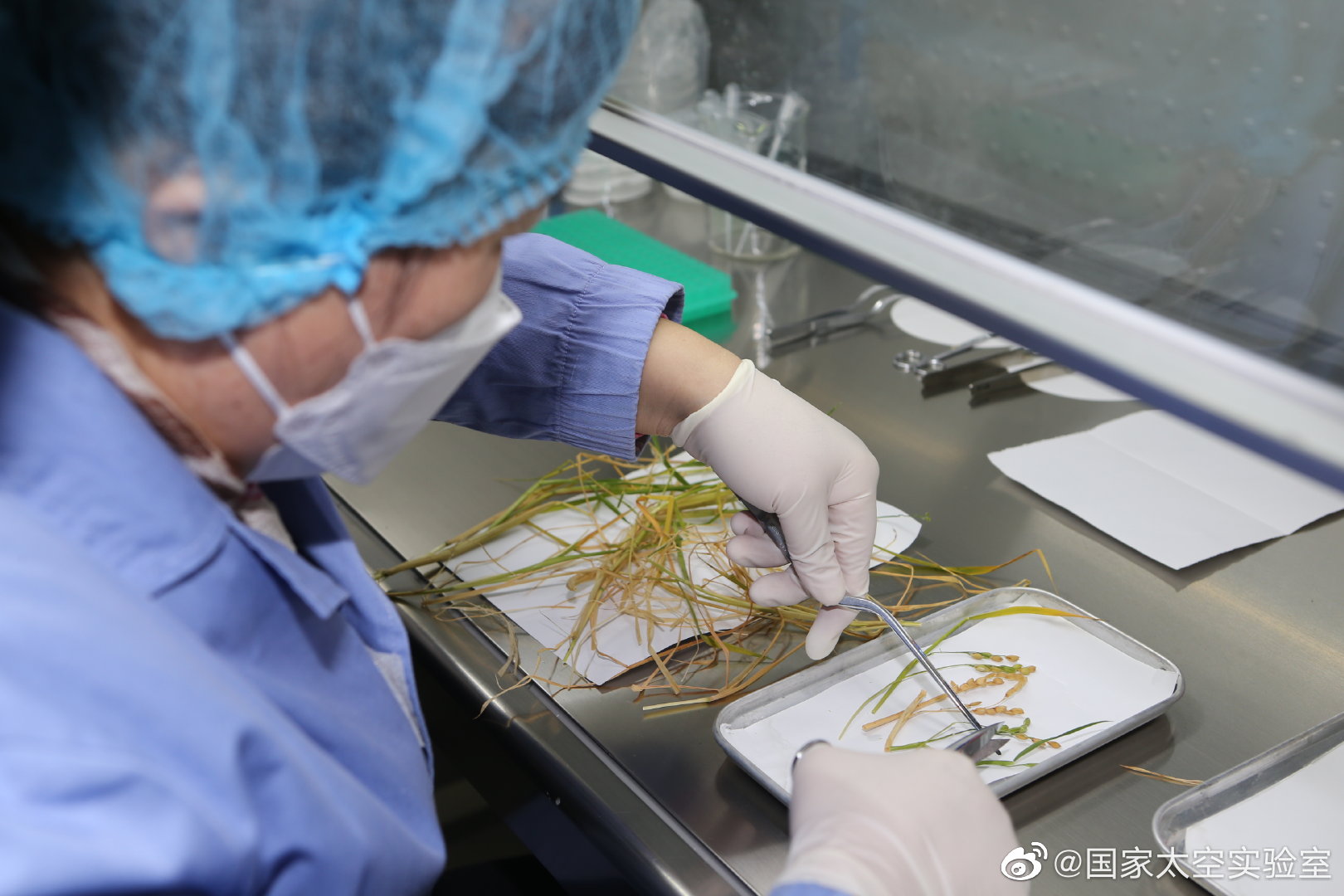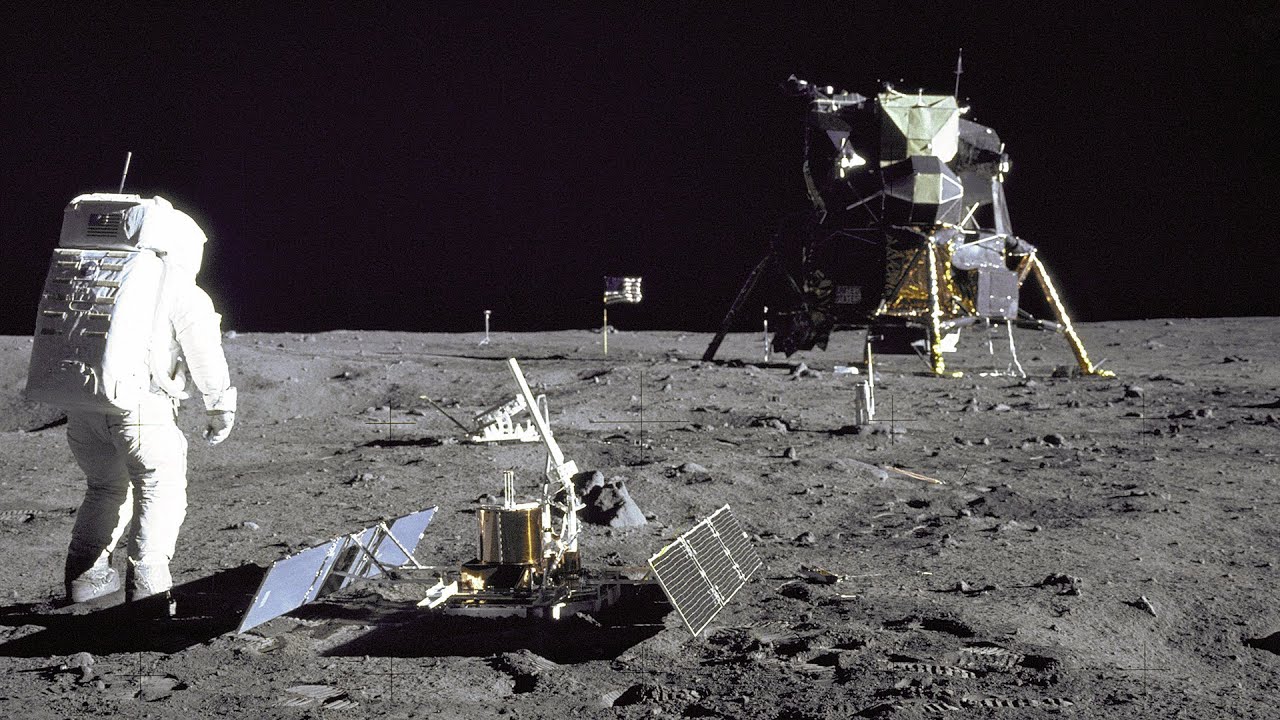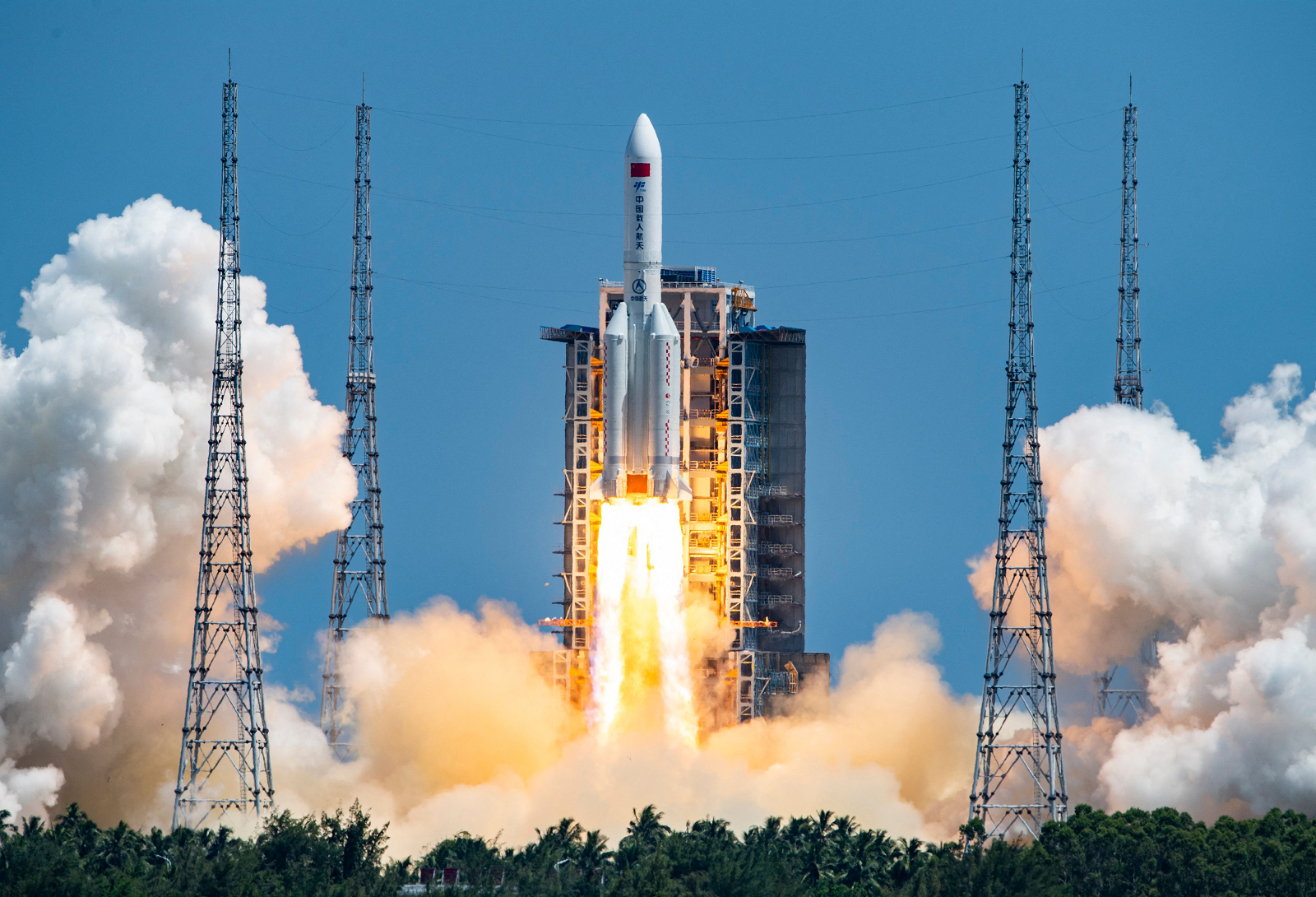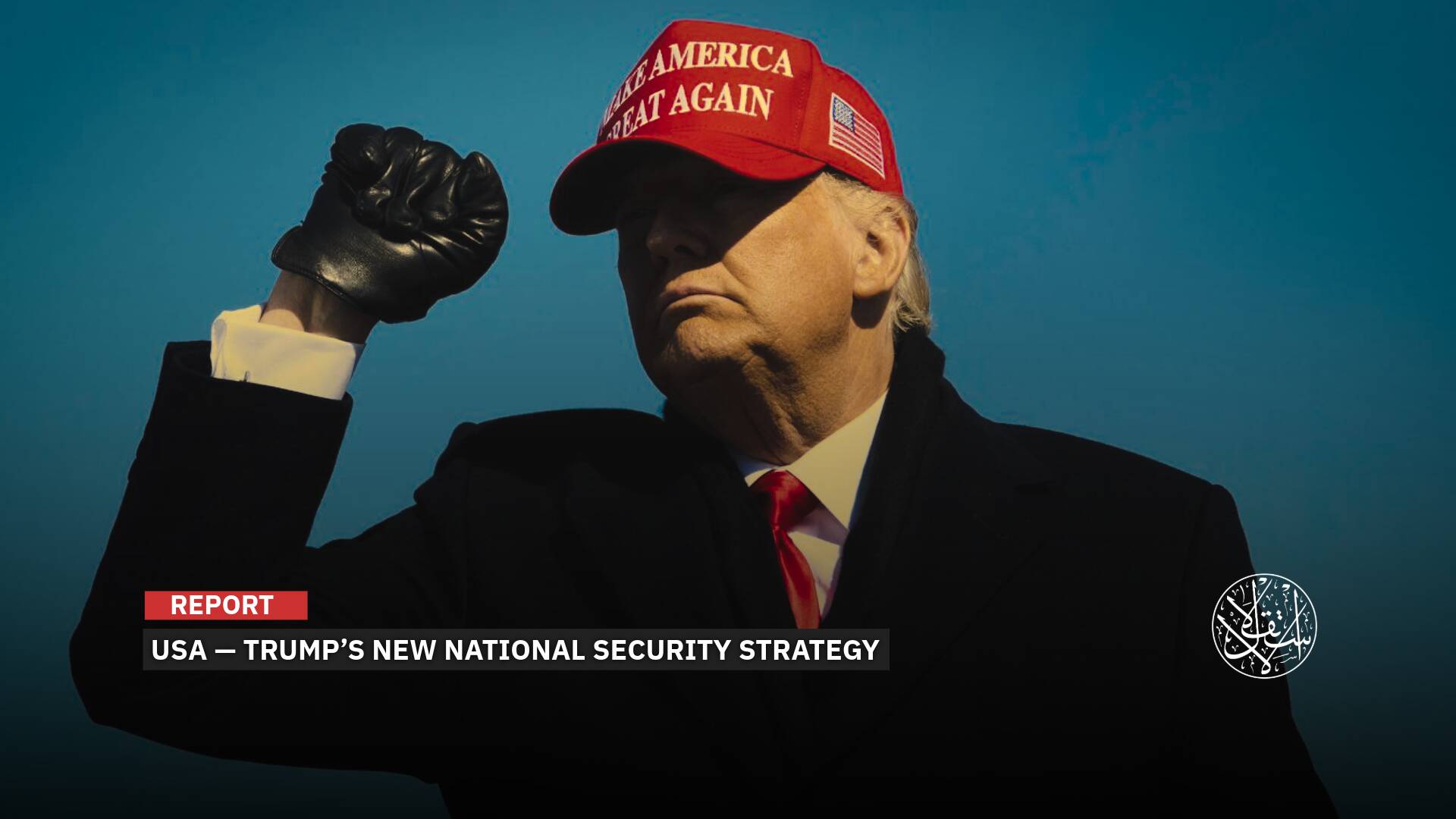After Rice Harvest: Did China Precede the United States in ‘Colonizing Space’?

In a landmark achievement for human space exploration, China announced that it had successfully harvested rice seeds from its Tiangong space station, demonstrating its ability to grow food in orbit.
The rice cultivation is part of China’s ambitious space program, which aims to establish a permanent presence on the Moon and challenge the United States’ dominance in space.
The implications of China’s breakthrough are analyzed by Peter Singer and Thomas Corbett in their article for Defense One, a national security news outlet.
Great Step
In the science fiction novel The Martian, the stranded astronaut Mark Watney declares himself the first colonizer of Mars after successfully growing potatoes on the barren planet. Now, China has achieved a real-life feat of cosmic agriculture: harvesting rice seeds from its Tiangong space station.
The Chinese Academy of Sciences announced the breakthrough last week, calling it a milestone for human space exploration and settlement.
The rice seeds were part of an experiment to test the viability of crops in microgravity and radiation environments.
The seeds were launched into orbit in October last year and spent about four months growing in a specially designed chamber aboard the Tiangong station.
They were then returned to Earth in January along with the crew of the Shenzhou-14 mission, China’s longest manned spaceflight to date.
The seeds are now undergoing analysis at the Space Application Engineering and Technology Center in Beijing, where scientists will examine their genetic and physiological changes after exposure to space conditions.
The results could have implications for China’s ambitious plans to establish a permanent human presence on the Moon and beyond.
China is not the only country interested in space farming. NASA and other space agencies have also conducted experiments with growing plants in orbit and on the lunar surface. Such research could help provide food and oxygen for future astronauts and settlers, as well as enhance their psychological well-being.

Moon Base
China entered the space race relatively late, launching its first satellite in 1970 and its first manned space flight in 2003. But it soon set its sights on the lunar surface, sending a series of probes and rovers between 2007 and 2009.
In 2011, China began the first phase of its Tiangong 1 space station program, which achieved continuous orbital settlement within months of its completion last November.
The station is expected to provide valuable data and insights for the next step in China’s lunar exploration: building a human outpost on the Moon.
China’s National Space Administration plans to start constructing a lunar settlement by 2028, using the Chang’e-7 spacecraft to land on the Moon’s south pole in 2026 and scout for water and other resources.
The original plan was for Chang’e-8 to continue the exploration and find the best location for the International Lunar Research Station by 2028, but that timeline was accelerated last year, and Chang’e-8 has now begun the initial construction and demonstration of the facility.
The speedup is partly a response to NASA’s plans to return to the Moon: Artemis 3 is scheduled to land by the end of 2025, carrying the first female astronaut and the first person of color to walk on the lunar surface.
NASA and its international partners also aspire to establish the Lunar Gateway Station in lunar orbit, which will serve as a staging point for transporting people to NASA’s lunar base, or Artemis base camp.

Colonizing the Moon
Both the U.S. and Chinese bases are likely to be located at the Moon’s south pole, where frozen water ice is believed to exist, an essential resource for long-term settlement.
The south pole also has more stable temperatures than other parts of the Moon, and its near-constant sunlight allows for continuous solar power generation.
These advantages make it a strategic and valuable site for creating a future base on the Moon, as well as a potential flash point for competition.
The Moon has several attractions for space agencies. First, it contains large amounts of helium-3, a rare element on Earth that could be useful for future nuclear fusion reactors.
Second, it could serve as a testing ground for new technologies that could eventually be used to colonize Mars, where travel takes seven months, compared with three days to the Moon. If something goes wrong or a technology fails, a rescue mission on the Moon would be much easier.
Third, it could be a launch pad for asteroid mining, which could yield rare earth minerals.
But behind these scientific and economic motives lies the ultimate driver: the new space race. China’s space budget was estimated at $10.8 billion in 2013, making it the second-highest spender in the world (after the United States).
China’s space program is a source of national pride and enjoys strong support and political will from its top leaders. This has been especially true since 2011, when Congress banned NASA from working with Chinese space agencies after revelations of Chinese espionage.
Since then, China has redoubled its efforts to find international partners, sign cooperation agreements, and build its own program.

Mineral ‘Race’
NASA’s chief, Bill Nelson, warned in a January interview that China may have plans to colonize the Moon and exploit its natural resources.
He told Politico, a U.S. website that covers global politics and policy, that the U.S. is in a space race with China.
He said China could use scientific research as a cover to establish a presence on the Moon and then declare it as their territory, similar to what they have done in the South China Sea by building military bases on disputed islands.
His worries were shared by former astronaut Terry Virts, who was once the commander of the International Space Station.
He said China wants to be the dominant power on Earth, and going to the Moon is a way to demonstrate their system’s success.
He also said China could cause trouble on the Moon by interfering with communications or setting up infrastructure there.
Furthermore, he added that having China on the Moon does not make things easier, and there is real concern about Chinese interference.
The reason for this concern is that the Moon has abundant deposits of precious metals, such as iron, gold, platinum, tungsten, and helium-3, a gas that some scientists think could be used for nuclear fusion power plants in the future.










